Customer engagement is one of the fundamental metrics that powers your conversion funnel as well as help you build brand loyalty.
Customer engagement comes in many forms, from them buying from your site to a random comment on social media or a positive review. As a business, you should be happy with any form of customer engagement, however small.
There are all kinds of methods to keep your customers engaged with your site and your brand, and all of those fall under two big groups:
- On-site (these methods aim at prolonging customers’ journey through the site instead of letting them go right away). These methods may also be grouped as:
- Pre-purchase: This is where you need to be careful not to distract your site users from going down your sales funnel
- Post-purchase: Once a purchase is done, your customers become your biggest asset! You want to keep them happy, make them feel special and turn them into your brand advocates.
- Post-site (these methods aim at driving past customers back to the site as well as reminding those buyers of your brand). Those methods are also different based on the fact whether the purchase has been made or whether a user left without completing the buying journey.
Based on this categorization, here are all the ways to keep your customers engaged with your site and your brand:
In this article
On-site customer engagement methods: Pre-purchase
1. Create an engaging copy (and optimize for search intent)
It starts with the copy: You need to catch a page visitor’s attention right away by giving them exactly what they were looking for.
Search intent optimization is one of the best ways to create a copy that meets your target customer’s expectations.
Text Optimizer is the semantic analysis tool that analyzes Google’s search results for your target term and comes up with the concepts and entities that are associated with it. Using these concepts and entitles inside your copy makes it more relevant to the search query and more likely to appeal to your target customer and, more importantly, keep them on the page:
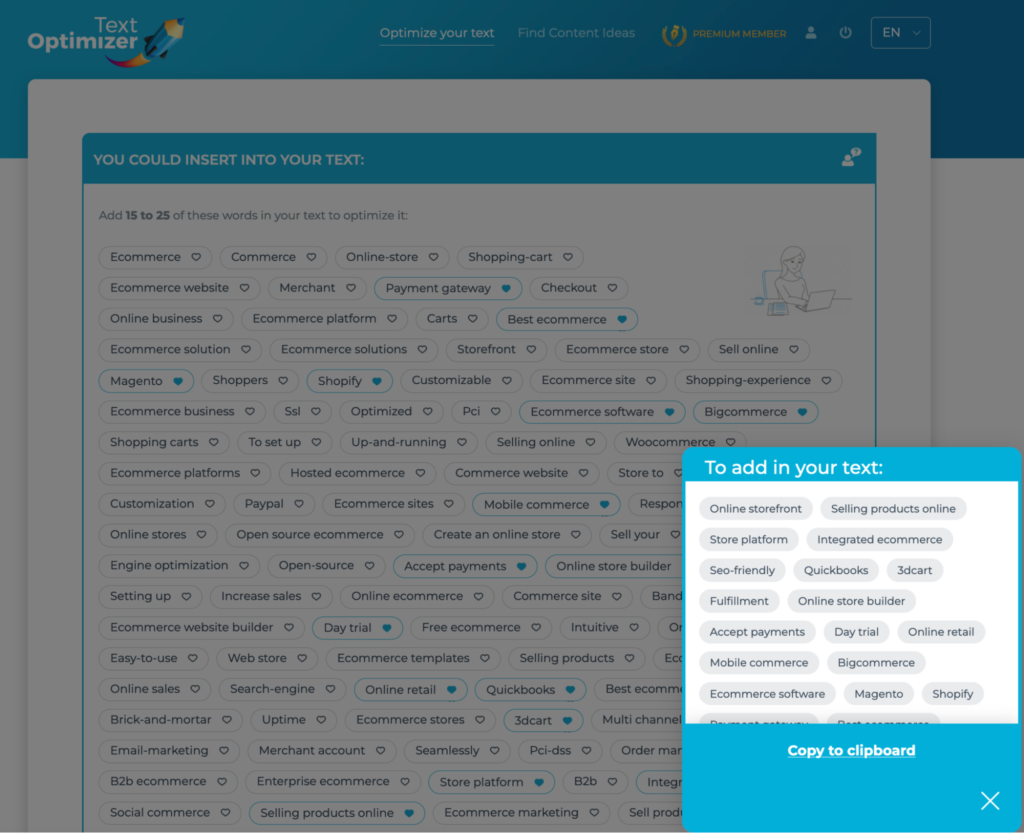
2. Structure your content well
A wall of text is not a very engaging page. Yet, when there are clear subheadings that, again, are optimized for search intent, people are more likely to scan the page down until something catches their attention and prompts them to stay and hang around.
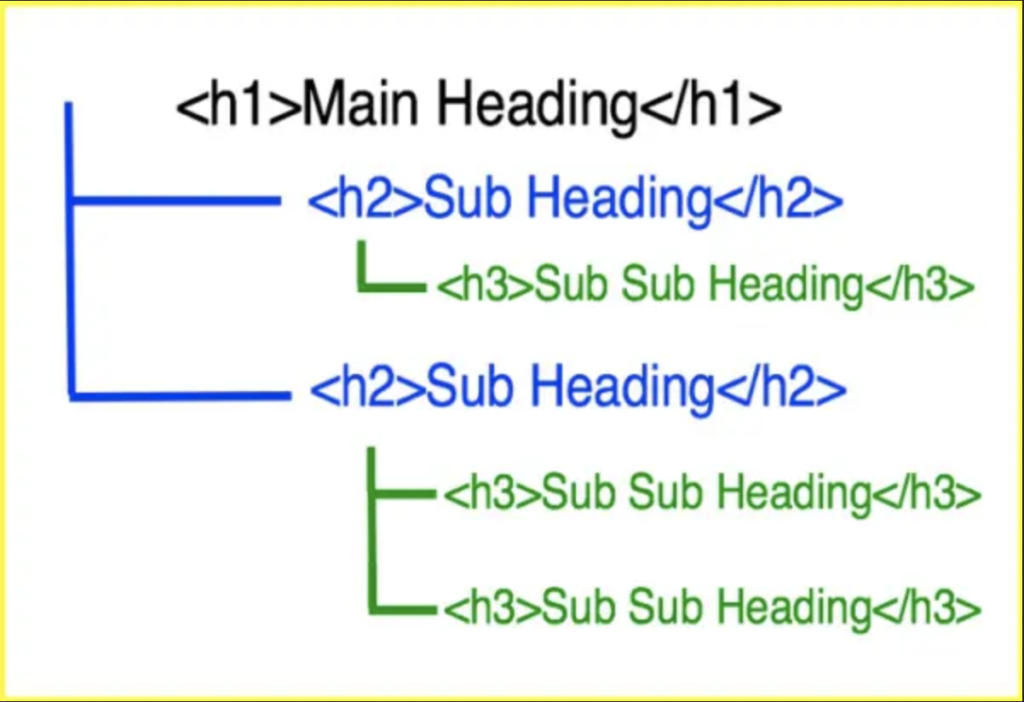
On-page HTML structure makes your text reader-friendly and more readable by breaking up your text into logical sections. They also catch an eye and improve time-on-page metrics.
3. Create content that resonates
It’s one thing creating engaging content that appeals to your audience when you’re hoping to see it read.
But it’s another thing entirely to zoom in on a very specific topic that captures your audience’s attention and keeps it engaged.
Using Google Trends, it’s possible to see the most popular news stories and search terms over the past 24 hours. It’s even possible to drill down to a specific country if you want to create content that appeals to a particular demographic.
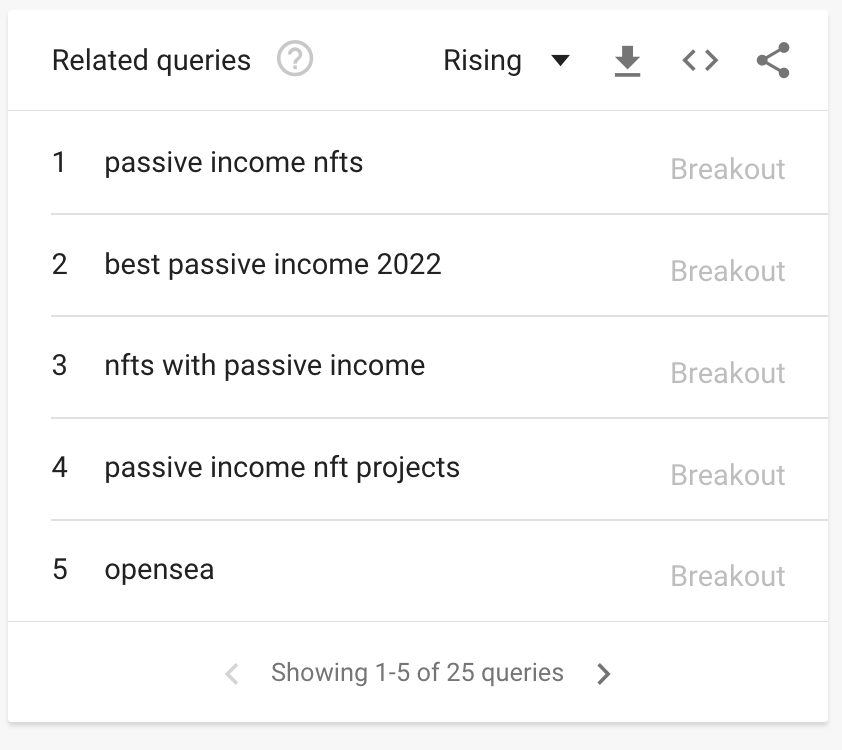
Bear in mind that your content team will need to be capable of converting these trending topics into fresh perspectives that are relevant to your site. They will also need to do so very quickly to leverage the world’s momentary obsession with a particular issue.
Creating and publishing content that’s super relevant at a particular time isn’t easy. But when you notice and manage to make the most of it, it will have a very positive impact on your content’s share-worthiness.
4. Make sure your page loads fast
Page load time is crucial because people lose interest in your brand with every second of waiting for your page to load.
Luckily, we have lots of free tools allowing us to measure and monitor our site’s page load times and on-page user experience. Google’s Search Console will notify you of any problems your site users may be experiencing when interacting with its web pages. It will also point you to the actual solutions of each problem.
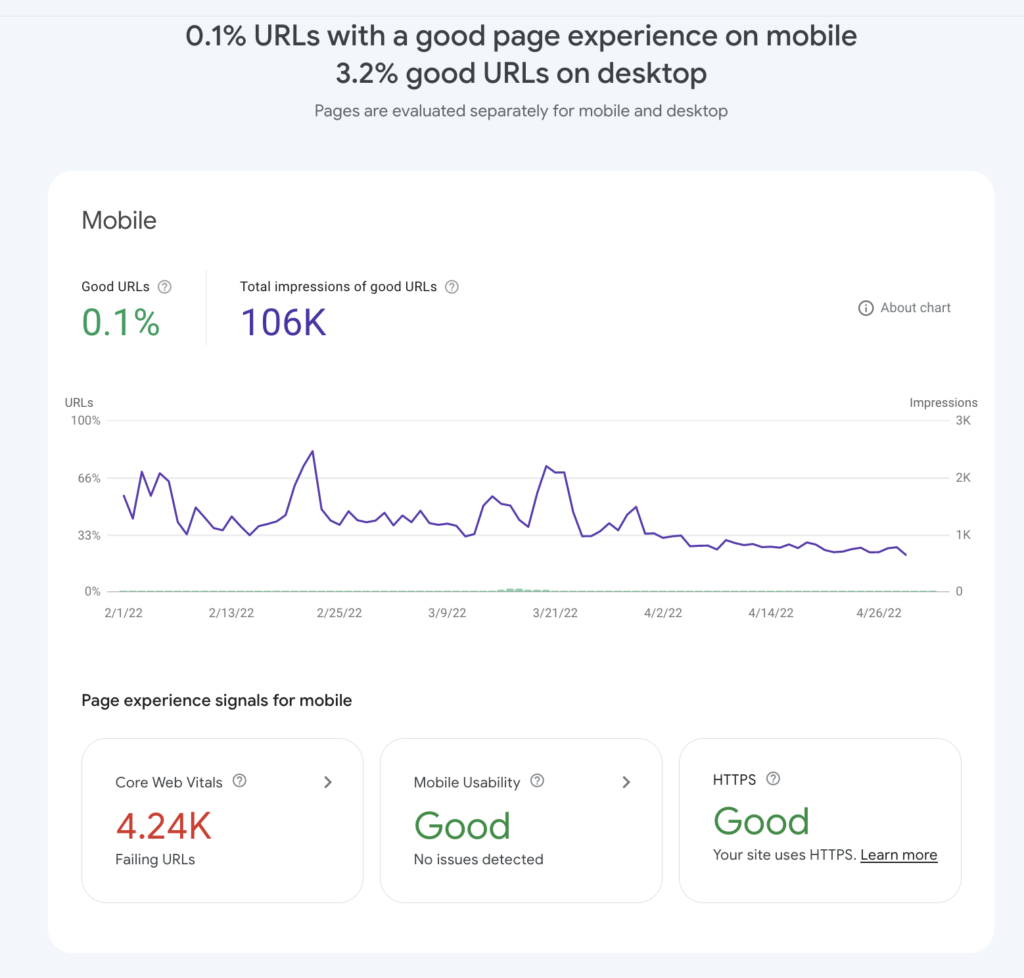
5. Improve your organic rankings
Google is still the single most powerful traffic driver out there, but more importantly, it sends the best type of traffic.
Unlike paid ads and social media, Google delivers results on request, i.e. a consumer was actively looking for answers or problem solutions using Google, so this consumer is more likely to engage with the page they found.
Moreover, being consistently present in relevant search results means growing brand recognizability: Google has made its SERPs very visual, helping brands to become more recognizable through visual branded elements (logos as well as branded videos and images).
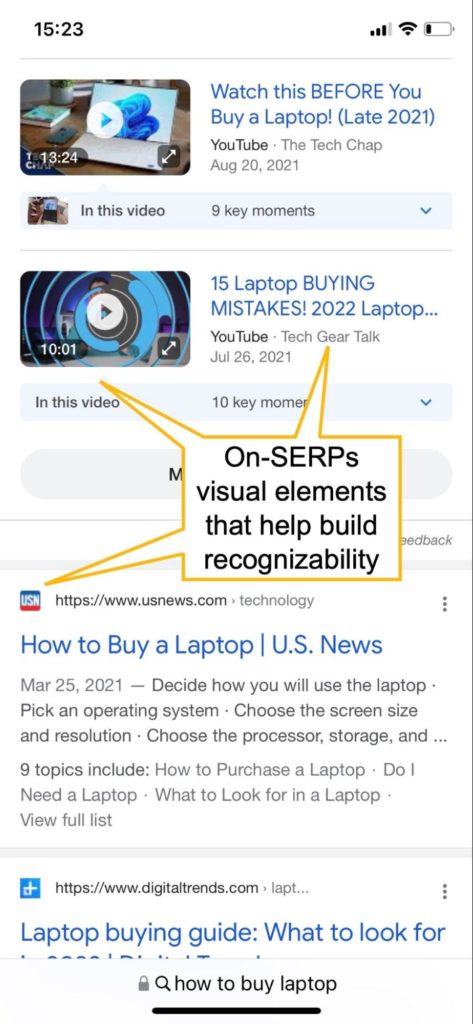
Making your brand findable is one of the most effective ways to improve on-site engagement. WebCEO offers a comprehensive suite of SEO tools for agencies and businesses helping them to improve and monitor their organic visibility:
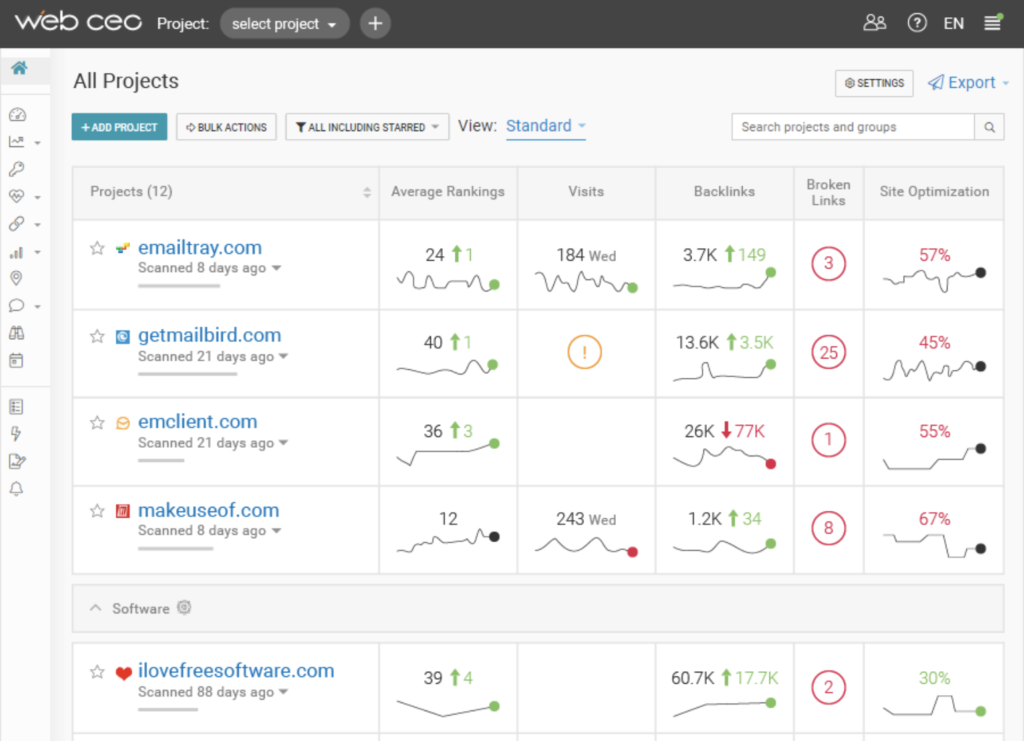
6. Add contextual calls-to-action
The best CTAs are those that are naturally integrated into your copy, so they need to be part of the content creation process.
In other words, when creating your copy (whether it is an article or your landing page content), think about your product positioning and value proposition and integrate them into your writing.
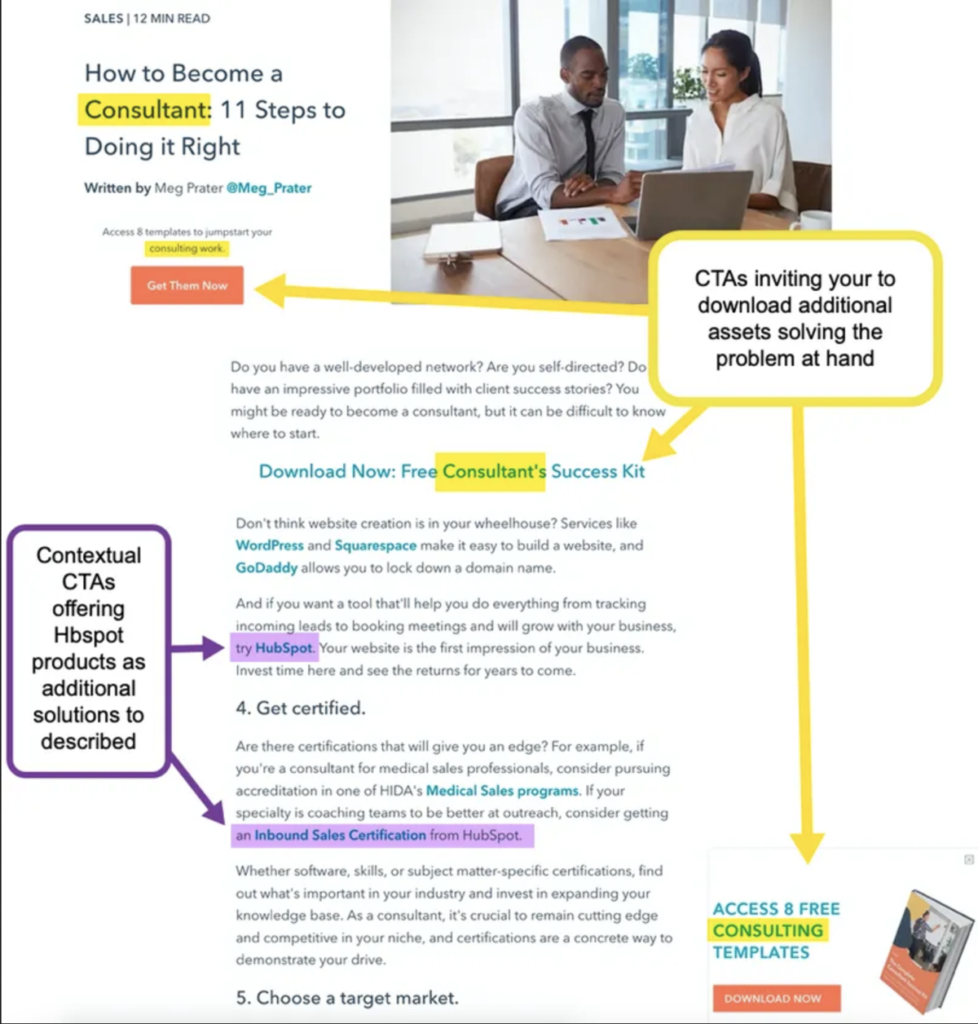
7. Implement social proof
Knowing that other people engaged with the brand and had a positive experience is powerful: It makes consumers feel more confident with their browsing journey and more willing to engage with the site.
Make sure to add reviews and testimonials on your key landing pages and curate them through a separate page that is linked sitewide.
There are all kinds of ways to collect customer feedback which you can use to improve your on-site user experience as well as use as social proof.
8. Use lead magnets
The majority of your site visitors won’t buy anything from you right away but it doesn’t mean you should let them leave forever.
Even if they leave without really converting, you should still be trying to engage them by giving them something that would remind them of your brand and potentially drive them back to your site.
This is where the concept of lead magnets comes into play. While lead magnets come from B2B marketing, they can really be useful for any marketing strategy.
Lead magnets are essentially any downloadable (and possibly) printable digital assets that help your customers solve their problems and let them bring your brand home.
Create checklists, printables, calendars, brochures, catalogs, etc. to encourage your customers to download those and give them another incentive to go back to your site when they are using those digital assets again and again.
9. Add consistent site-wide CTAs
Sitewide calls-to-action (“Buy now”, “Request a demo”, “Your shopping cart”, lead generation forms, etc.) make your customers feel more comfortable and remind them of their buying journey.
Don’t overuse those CTAs but make sure to experiment with colors and positioning to improve their performance.
10. Add images and videos
Visual content is known for its ability to catch and hold attention.
Don’t just decorate your landing pages with visuals, though. Make those images useful and meaningful. Empty stock photography is not going to help but useful screenshots, free vectors, how-to videos, product walk-throughs, etc. do make an important on-page engagement method.
Tools like InVideo allow you to create useful and engaging video content to use on your landing pages and/or inside your content.
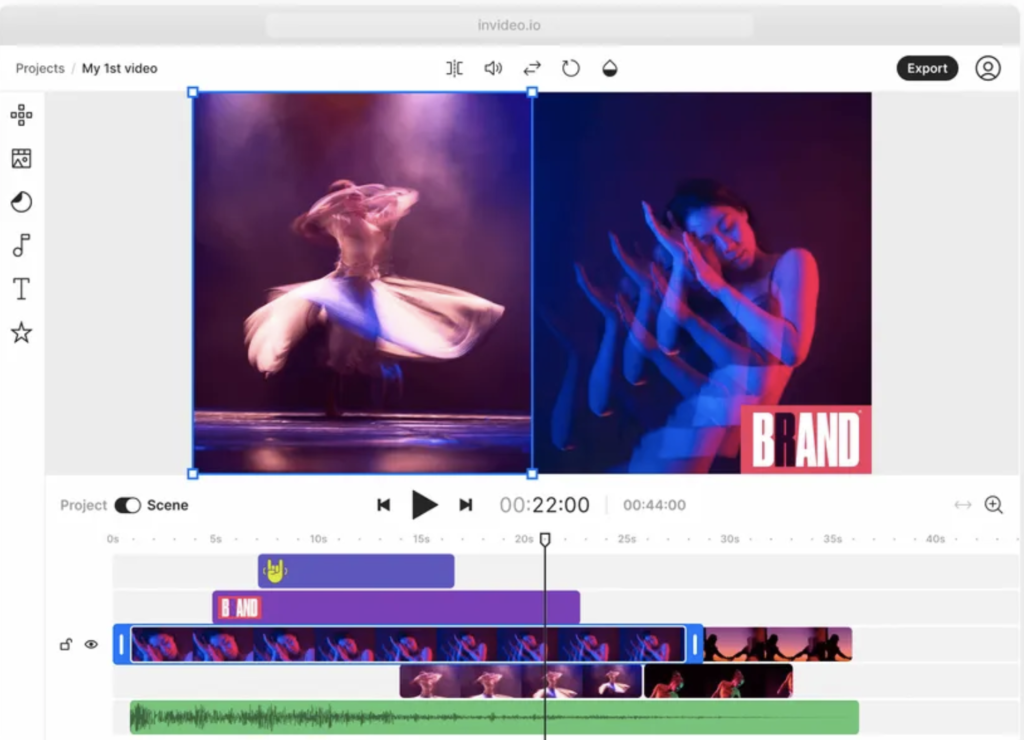
On-site customer engagement methods: Post-purchase
11. Let them know what to expect
Transparency is key to customers’ trust and with trust comes better engagement. So make sure your post-purchase page is formatted the way it is clear:
- What was purchased
- How much it cost in total
- When and how it will be delivered
- What to do if they have questions
12. Invite them to go check your content
Now that they have completed their purchase, don’t just leave them hanging there. Instead, encourage them to read more of your guides, follow you on social media, share your content or complete a survey.
You cannot hold them on your site forever but you can make your relationship stronger in some way or another.
13. Encourage them to subscribe to your newsletter
Finally, give them an option to subscribe to your special offers or news. At this point, you don’t need to be worried that you may interrupt their buying journey by offering them your secondary CTAs. So you can try to keep them engaged by giving an option to subscribe to your newsletter.
Email marketing is the powerhouse of customer engagement: That’s your ultimate way of getting your site visitors and customers to return to your site.
When actively engaging in email marketing, make sure you set up and develop a separate email domain and server to keep your main domain safe from any possible issues or red flags. No matter how careful you are with your segmentation and targeting tactics, there will still be people who will flag your emails as spam, and that can result in your domain being flagged by email filters.
You can buy a domain that contains your business name and set up your emails on it. Make sure to use those emails internally for at least 3-4 weeks before you use it for email marketing. Spam filters may automatically flag emails coming from new addresses.
Once that step is completed, you can send your emails without a fear of those reflecting poorly on your main domain and brand.
Post-site customer engagement methods: Post-purchase
14. Set up email sequence
Keep your customers updated on the status of their order by sending regular emails informing them when their payment was processed, order was prepared and shipped.
This also makes them more comfortable with hearing from your brand as they get more accustomed with seeing your emails in your inbox.
Make sure to get their permission to send those email updates: When they are making a purchase, let them check the box that they don’t mind receiving email updates from your brand.
15. Create personalized email automation
There are quite a few email automation tools allowing you to segment your customer email list by their preferences and buying habits.
Using those tools you can set up automation rules to congratulate your customers on their birthday or send personalized product recommendations based on their past interactions with your brand.
Post-site customer engagement methods: No-purchase
16. Set up cart abandonment emails
If your potential customer left their shopping cart on your site without completing their purchase, make sure you remind them of the products they were going to buy.
Add a sense of urgency by letting them know when their cart will expire.
17. Invest in remarketing campaigns
There are lots of remarketing solutions out there allowing you to reach your customers outside of your site. Whether they made a purchase or simply viewed a product on your site, you can set up those remarketing campaigns based on each customer’s position in your sales funnel.
For example, you can serve Facebook ads to your existing customers with recommendations on complimentary products. Or you can set up a Linkedin advertising campaign targeting those people who viewed your Linkedin business page. Possibilities are endless, so you may want to experiment with various options based on the nature of your business.
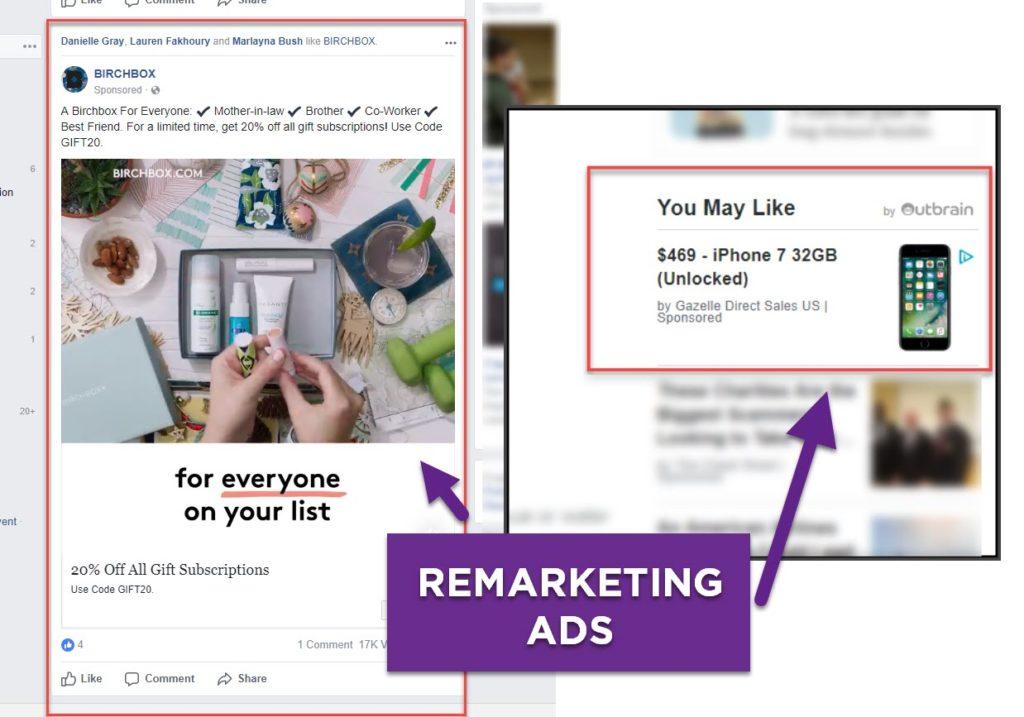
Conclusion
Keeping your customers engaged is not easy. People are all busy: They are in a hurry to complete tasks and go back to their lives. Therefore improving your customer engagement is a continuous work which starts with growing your brand awareness. Customers engage with brands they are familiar with and remember, so start building up your brand recognizability through creating your visual brand identity, engaging with your target customers on social media and improving your organic rankings.
Once you have your brand building strategy up and running, use the steps and tools above to keep your customers engaged. Most importantly, listen to your customers. Consumers’ love is hard to achieve but it is also hard to lose. Customer loyalty comes with lots of benefits, better engagement being one of them. Good luck!



